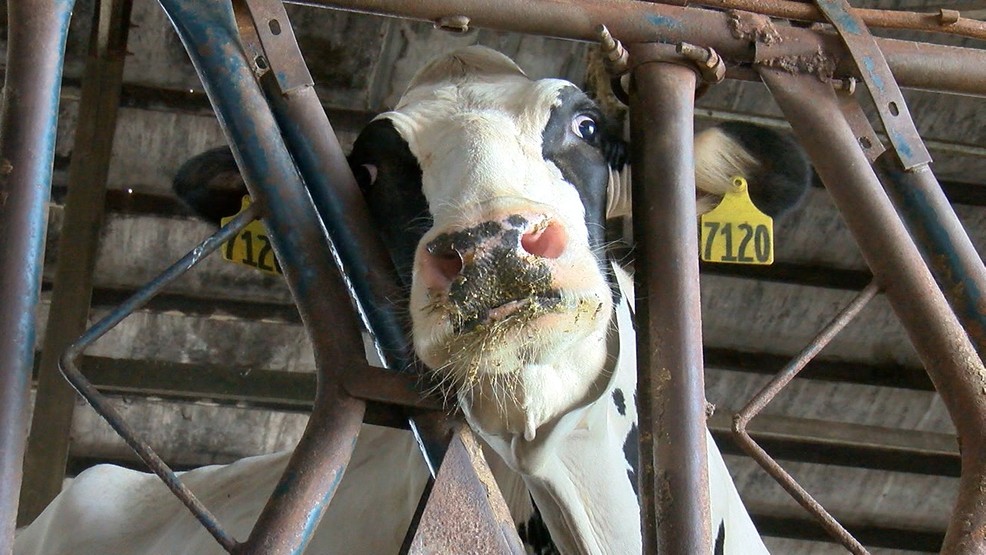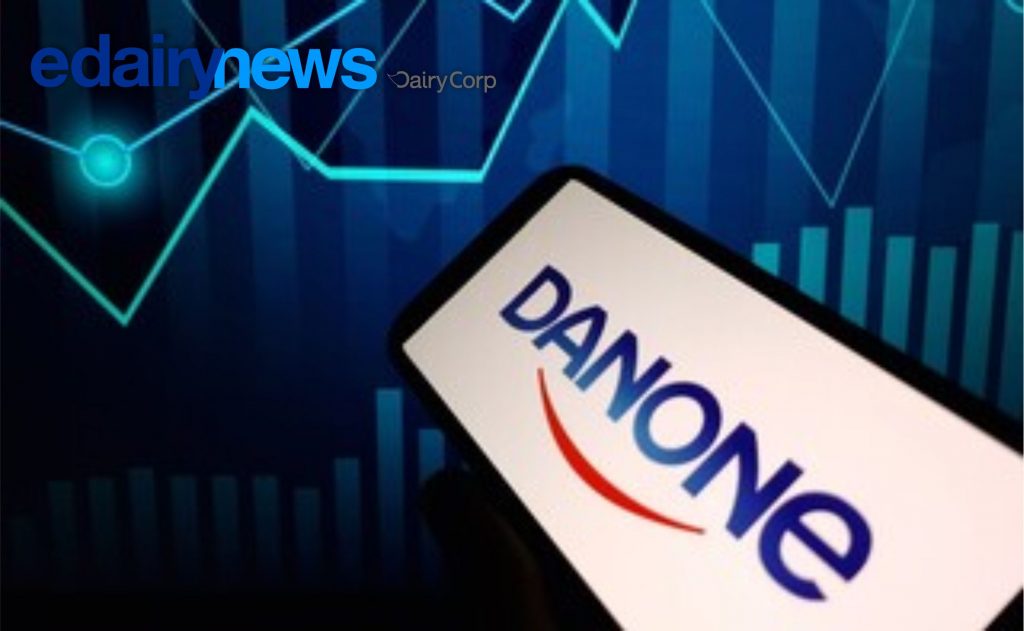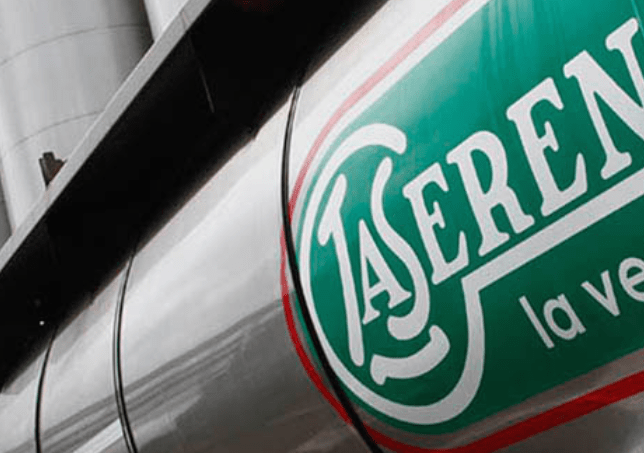According to the Nebraska State Dairy Association, milk sales have been on the rise since January, and saw surprising increase when the food industry and schools shutdown.
Executive Director Kris Bousquet said this drove people back to the grocery store to get milk or other dairy products for their families as they started cooking more at home.
He said these buying patterns increased the demand for dairy products by 200%.
Now, most of the frequent buying has subsided but there is still an increased demand for milk.
Bousquet said the national average has increased 3.9% compared to last year and that’s around where Nebraska is, as the dairy industry helps fulfill the needs of families and the food industry as they open back up.
“3.9% increase throughout the entire year, that’s tracking the last couple of years that food and milk has typically been on the decline, but fluid milk and dairy consumption all together is tracking for a higher pace. So, we’re really encouraged about that,” said Nebraska Dairy Association Executive Director Kris Bousquet.
Milk has typically been on the decline due to other alternatives like almond milk but Bousquet said he’s happy people are seeing the benefits of real dairy that they keep coming back to.
This positive news is the spark the industry has been looking forward to after all that they have been through.
“I think dairy farmers have been dealing with a lot, not only with the floods last year and some of the market conditions we’ve been dealing with over the past 5 or 6 years, and also COVID-19 this year. Seeing that product go back into the home, back to the areas where we built our good name,” said Bousquet.
Dairy farmer Steve Wolfe added, “tt’s very uplifting. We just hope that the market can stay stable. It’s of course been turned upside down.”
The coronavirus has heavily impacted the dairy market but with the current increased sales and demand in the U.S., Bousquet said there’s also a demand outside the country as seen with an increase of exports.
He said since January there is an increase of 10% in volume of exported dairy product and the value of that exported product is 12%.
“18% higher volumes, just in May and 8% higher value compared to 2019. Even though we experienced some really interesting market issues with COVID-19, we’re getting more money out of our milk and our dairy products in our export markets,” said Bousquet.
This increased demand has also led to a better price for farmers on their milk check, which farmers will hopefully start to see soon.
“We are hopefully going to see some when we get our final check for July milk on the 15th of August. We’re hoping to see some increase there. Unfortunately the last three to four months, we received a little less than production cost, but we’re hoping to see that change here, if not August, then September,” said Wolfe.
Another positive for dairy farmers is an increased hundredweight price. A few months ago they were around the $10 range, now they are getting close to the $20 range.
Bousquet added, “farmers, although they are seeing a fairly decent pay price right now, we’ve been experiencing some fair low milk prices for the 5 to 6 years and so although, the price from the outside looking in looks fairly good. There’s still a lot of ground to make up.”
Both are optimistic for the future that the increased dairy sales and prices will continue.
“We just need the economy to get strong again. Naturally, with a strong economy you have people spending more money, people eating out more, hopefully eating more dairy products, so that’s cheese and butter in their diets. That’s just what we’ll look forward to,” said Wolfe.













